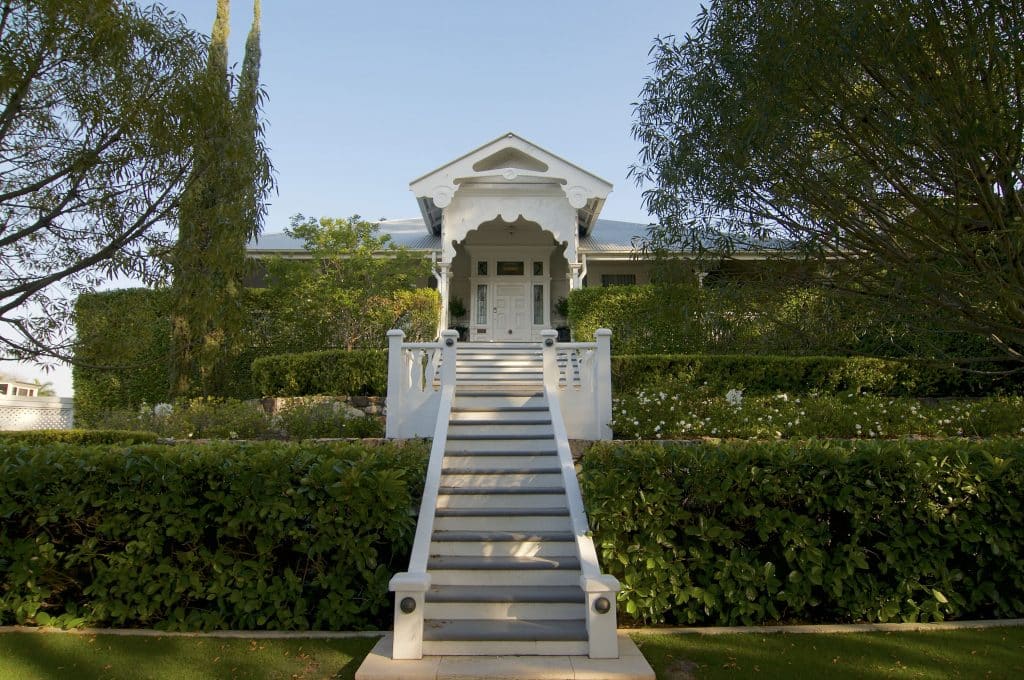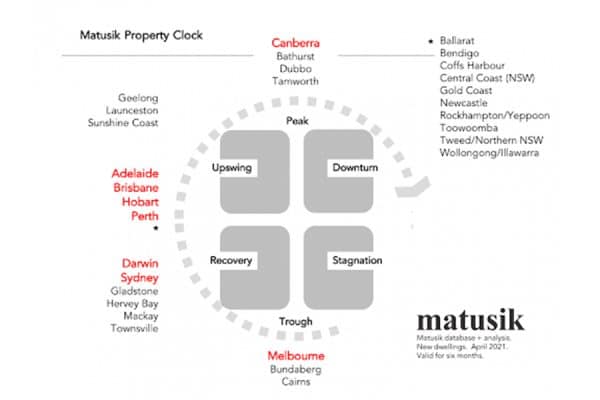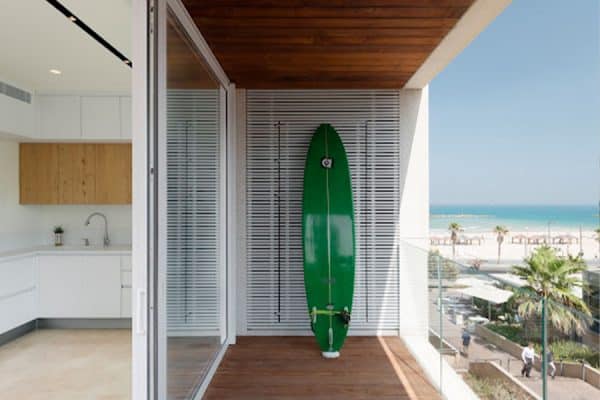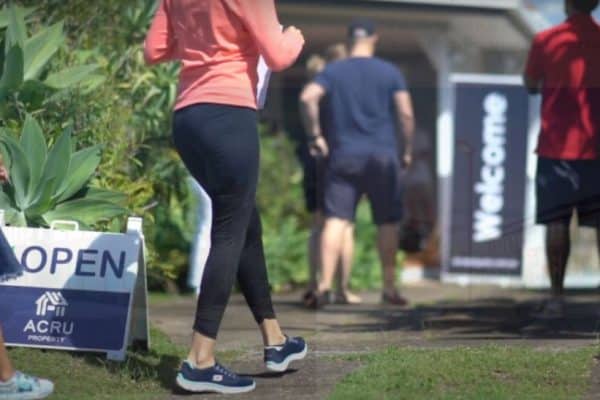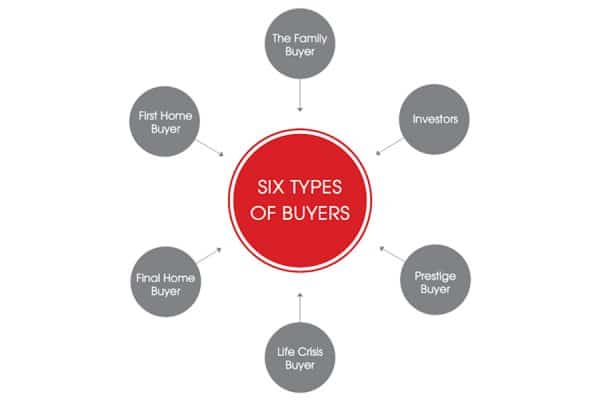Location is a home buyer’s most important consideration. You can always renovate or improve a property, but you cannot change its location. If you’re house hunting, undoubtedly your focus is on finding a property within your budget that includes some of your key ‘wish-list’ features. However, given the significance of the purchase, understanding what location features will appeal to future buyers, when and if you go to sell, can help you find a property with capital growth prospects.
A good location means different things to different people, but there are some objective factors that determine a home’s value and its potential to grow in value over the long term. In essence, a great location is a mix of its physical location, the character of the suburb and its proximity to desirable amenities. The good news is a great location, doesn’t have to be in a blue-chip inner-city suburb, many of these principles apply almost anywhere.
Some Neighbourhood features that can boost your property’s value
- Location, location, location
- Good public & private schools
- Parks, pools & public amenities
- Walkability to services
- Historic charm
- Landscaping & architecture
- Low crime rates
- Distinctive or attractive neighbouring homes
- Well maintained & landscaped street
- Street position
- Council upgrades & planning
1. Proximity to good schools
Buyers with children want to live in an area with decent schools and will often pay more to be located in a particular school catchment area. Having a good school or a number of good schools in the neighbourhood can help boost a property’s value over the long term as demand from buyers will most likely stay high. And high demand equals stronger price growth. Living within walking distance of good schools may not always be achievable, so consider whether your children would be able to easily catch public transport or ride a bike to school.
2. Easy access to local amenities
Local amenities have a direct impact on the real estate prices in the area. Properties that offer resort-like amenities or have easy access to local facilities such as a pool, park, gym, tennis courts, playgrounds etc are highly sought after by both buyers and renters. Having access to amenities increases appeal and can help boost a property’s resale value down the track.
3. Walkability to services
Walkability is how friendly an area is to walking. If a neighbourhood is within walking distance to a thriving local village with schools, shops, parks, beaches, restaurants or cafes, the value of the property is more likely to be higher with a strong potential to increase over time. Walkability has health, environmental and economic benefits to the residents and therefore a popular feature for future buyers. To find out the walkability score of a suburb you’re considering buying in, visit walkscore.com
4. Proximity to public transport
Properties that are within walking distance to reliable public transport routes are popular with buyers and therefore this can help add value over the longer term. This may be a regular bus service, ferry, train or light rail station. Keep in mind if the property is too close to a major public transport hub, it can actually be detrimental to the property’s value.
5. Crime rate of the suburb
Safety is an important consideration as people want to feel secure in their homes. Therefore, a property in a neighbourhood with a strong safety record and a low incidence of crime will be more valuable than one in a suburb with a high crime rate.
6. Neighbouring homes well maintained & landscaped?
People prefer to live in a neighbourhood that is well maintained and cared for. Tree-lined streets, manicured median strips and building facades that are clean, are just some examples of neighbourhood features that indicate a level of community care. And a well-cared for neighbourhood can help add value to its properties.
On the flip side, if there are shabby looking houses and the curb appeal throughout the suburb is low, it often indicates there are other issues such as a higher crime rate and lower safety indexes and property price growth may be impacted.
7. Street position and aspect
You also need to take into consideration where the property is actually located on the street. If the property you want to buy is on a busy road or near a highway, whilst it may be more affordable now, the longer-term growth can be slower. The same may apply to properties that back onto commercial buildings or on streets that have excessive through traffic or are used for parking for nearby venues. A property with a view, or pleasing aspect is likely to be more valuable both now and when it comes time to sell.
8. Are there any planned upgrades?
Checking if there are any planned upgrades in the area and are they beneficial or detrimental to the neighbourhood? In most cases the local council will be a good source of information here as they are across the majority of planned infrastructure upgrades. Some future amenities such as improved public transport routes, streetscaping etc may help add value to a property, however other developments can be detrimental, so understanding current and future plans is important here. Visit: brisbane.qld.gov.au/planning-and-building
9. Does it have historic charm?
Brisbane homes have plenty of charm, it brings a character to the neighbourhood that is often highly sought after by buyers. Longer term this may mean a rise in your property’s value simply due to buyer demand. From characteristic verandahs, to Art-deco homes or features, colonial, bungalows or grand historic homes are many that are found throughout the Brisbane suburbs..
You can find out more about when a house was built by visiting the below sites from Brisbane City Council.
- Brisbane City Archives: Access Council’s collections of early planning and building records
- State Library of Queensland – House history
- Queensland Heritage Register and State Heritage places
- National Library of Australia
10. Local government planning building restrictions
Whilst historic charm is important to many buyers, government planning restrictions may limit the potential for renovations and home improvements. It is advisable to contact what you can and cannot do regarding renovating, demolishing or removing before you buy a property with the local council, or at least review similar neighbouring properties to get an understanding as to what might be possible for this property.
Buying a home is a significant investment, therefore understanding what location features can help add value to a property over time is an important consideration for your long-term financial wellbeing. Of course, for most home buyers the ultimate factor when choosing a location boils down to its affordability and getting the most for their money, but being aware of what to look for can help you identify a property within your price range that also has potential for longer term price growth. Our local agents understand Brisbane neighbourhoods that you are considering buying into and would love to share their insights.

